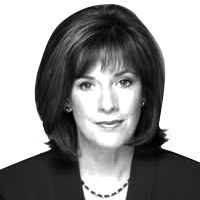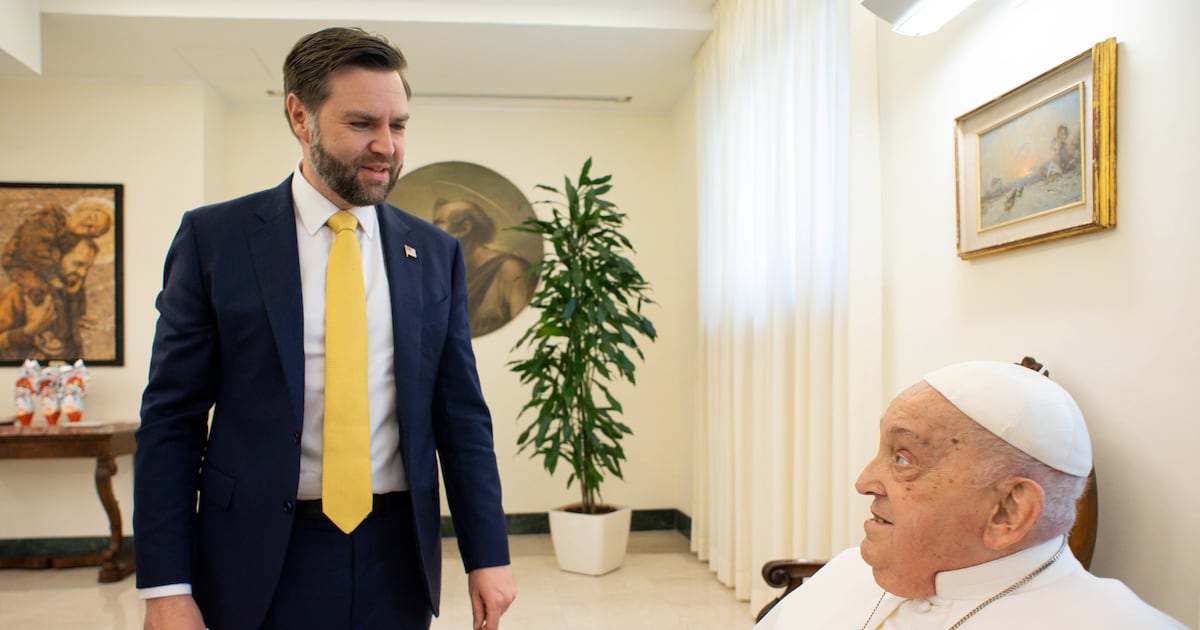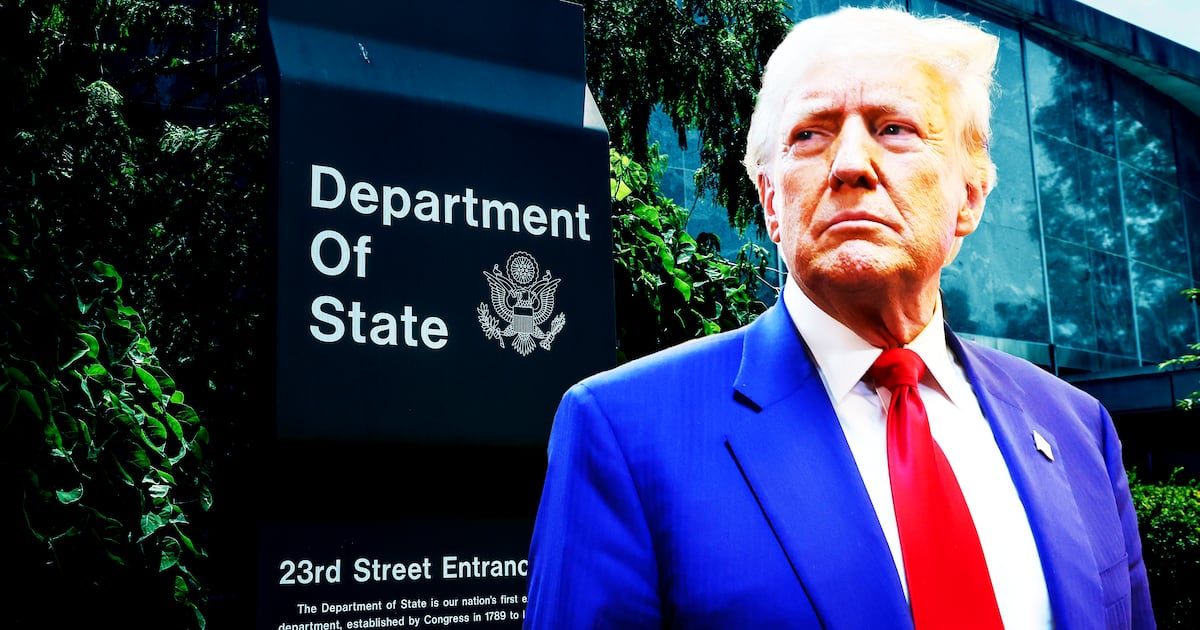Testimony has made it clear that 50-year-old Michael Joseph Jackson died in pitiful shape. Following a powerful opening by Los Angeles County prosecutor David Walgren on Tuesday, Thursday’s testimony in the manslaughter case against Dr. Conrad Murray proved to be just as riveting, as it took court-watchers inside the chamber where the singer died. Walgren crafted for the jury a timetable of events that seems like tough stuff for the defense to repudiate.
According to security guards urgently called to the singer’s bedroom shortly after noon on June 25, 2009 in response to his doctor’s cry for help, Jackson looked as though he were already dead. Guards Faheem Muhammed and Alberto Alvarez told the jury Jackson was on the bed, palms up, his eyes open and his mouth agape. There appeared to be no signs of life.
During Murray’s attempt to resuscitate Jackson as he lay on the bed, the guards said they observed the entertainer had an oxygen tube in his nose, a condom catheter to catch his urine during what was supposed to be a full night’s sleep, and he was still hooked up to an intravenous drip of saline solution. Muhammad testified that a frantic Murray cried out, “Does anyone know CPR?”—a startling question from the only medically trained person in the room.
Then, suddenly in all the commotion, Jackson’s two eldest children appeared at the master bedroom door.
Murray was shouting, “Don’t let them see their dad like this!” Alvarez recounted.
“Paris was yelling, ‘Daddy, Daddy,’” Muhammed told the court, and then she collapsed. “Paris was on the ground balled-up crying, and Prince, he was just standing there. He had a real shocked—just slowly crying—look on his face.”
Alvarez testified that in that moment, he realized Michael Jackson’s head was tilted to the left—toward the bedroom door “looking right into Paris’s direction.”

The burly Alvarez, who seemed to be fighting back tears during this line of questioning, said he quickly moved to comfort the children and get them away from the door. “I told them, ‘Kids, don’t worry. We’ll take care of this. Everything will be OK. ’” Muhammed, the head of Jackson’s security detail, summoned the nanny to the second-floor bedroom and then accompanied everyone back downstairs and told them to wait.
Alone with Murray in the bedroom, Alvarez said he looked to the doctor for guidance during what was clearly a medical emergency.
“I asked the doctor what happened and he said he [Jackson] had a ‘bad reaction,’” Alvarez testified. And then he described how Murray immediately instructed him to help gather up empty medicine vials and put them in a plastic garbage bag. Murray also told him to remove one of two drip bags from an IV stand next to the bed—the one that contained a bottle with a milky-looking medication inside.
It seemed clear to those listening to the prosecutor’s line of questioning that the medication was the milk-white Propofol mentioned in the prosecution’s opening statement, and that Murray was attempting to clear the room of incriminating evidence.
The state’s timeline indicates Murray waited at least 25 minutes before instructing someone to call 911 for help. Murray first called Jackson’s assistant and told him to return to the property immediately. He ran downstairs and in a panicked tone of voice ordered the chef to “Go get help! Get security! Get Prince!” and then he ran back upstairs. Murray spent time interacting with the guards and clearing the room of medicine bottles. Finally, Alvarez was told to call for help. The 911 operator instructed that the patient immediately be placed on the floor so CPR would be effective.
“I tucked the phone into my shoulder,” Alvarez demonstrated to the jury, “because I thought Mr. Jackson would be heavy to lift—but he was so light!” He described how Murray attached an oxygen meter to Jackson’s finger. There was no other monitoring or resuscitation equipment in the room.
When the paramedics arrived a short time later, Jackson—who looked like “a hospice patient,” according to one first responder—was loaded into the ambulance. The guards and the children followed behind, and it was at the hospital the children learned their father was gone.
This case has been dramatic since day one, primarily because Walgren is not the cautious type. Within the first minute of his opening statement he called for the courtroom lights to be dimmed and displayed a photograph of Jackson’s dead body on a hospital gurney. The word “Homicide” hovered over the image as he spoke. The shocking picture stayed in place for many minutes as Walgren explained to the jury how Michael Jackson placed his trust in Murray, and how the doctor, greedy for the money only a superstar could pay, acted recklessly and negligently. Walgren delivered a devastating double-punch when he played for the jury a heartbreaking audiotape Murray had made of Jackson. Speaking in a deep voice and heavily slurring his words, the singer is heard explaining how he wanted his fans to remember his upcoming concert tour in London.
“We have to be phenomenal,” Jackson says slowly, barely understandable. “When people leave this show, when people leave my show, I want them to say, ‘I’ve never seen nothing like this in my life. Go. Go.’”
The boldness of the prosecutor’s opening statement has some wondering if, in addition to the eyewitnesses who have already testified, Prince and Paris Jackson will be called. That could provide this trial’s most unforgettable moments.






